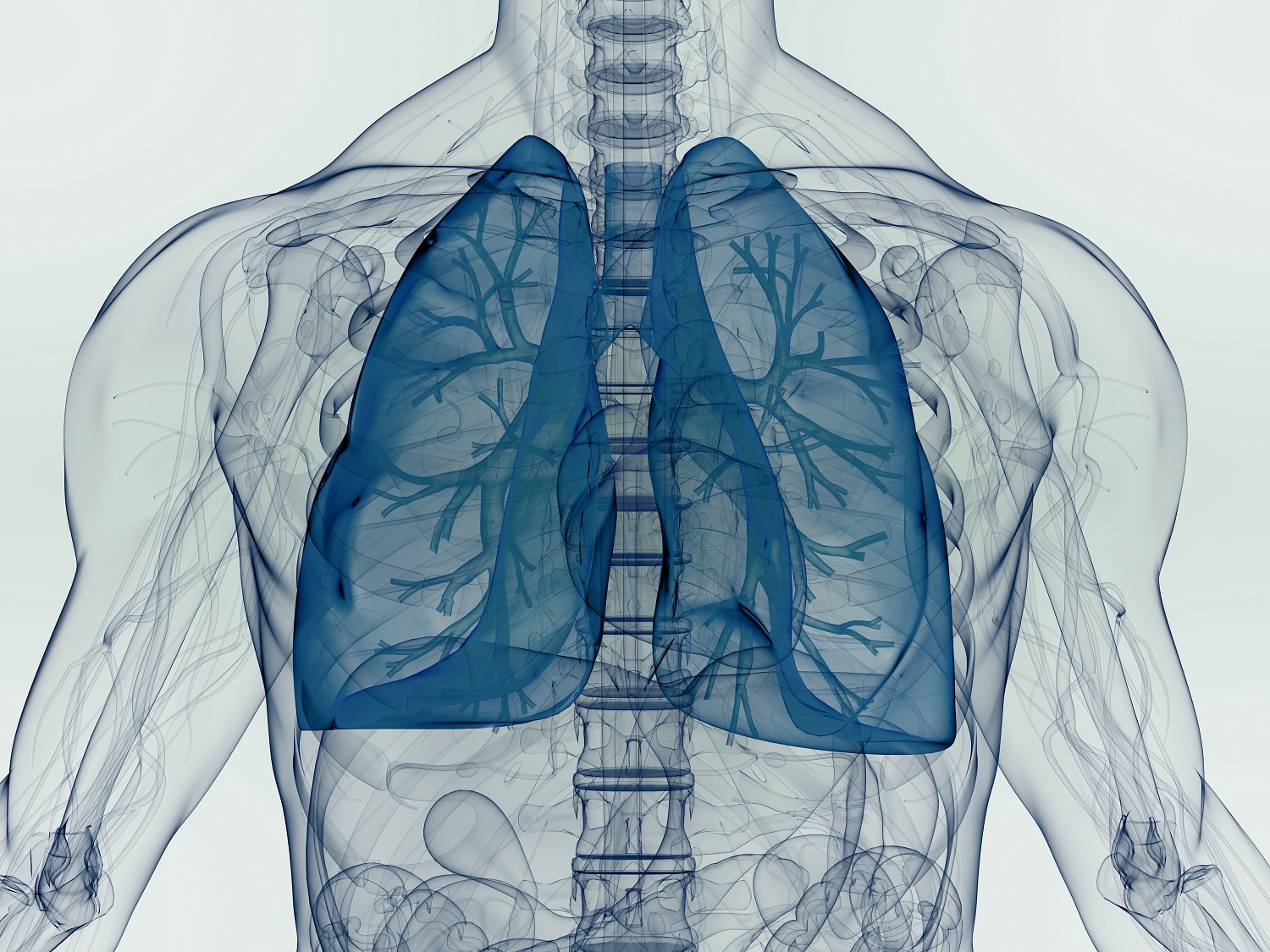
The Society
More than 35,000 clinicians, scientists and allied health professionals from over 160 countries are part of the ERS community
Become an ERS member


The Global Lung Function Initiative (GLI) is a Clinical Research Collaboration (CRC), bringing together physiologists, respirologists, epidemiologists and statisticians to improve how lung function tests are interpreted.
The Global Lung Function Initiative (GLI) has collected respiratory function outcomes from researchers and health care professionals from around the world. To date, the GLI network has produced reference equations for spirometry, transfer factor for carbon monoxide and lung volumes. The GLI network manages the lung function data repository. In addition, the GLI data repository is available to researchers to answer novel research questions.
The GLI network administers the lung function data repository, whereas the data are securely stored by the European Respiratory Society (ERS). All data are managed and stored according to current international best practice.
Watch this interview with Prof. Graham Hall, explaining the importance of the GLI.
Learn more about the work of the GLI.

Access a range of tools relating to the work of the GLI project
Access a range of resources and publications relating to the GLI project
The GLI equations are comprised of an equation that requires an additional spline function from a look-up table. This spline function helps to improve the accuracy in which normal lung growth and decline are characterised and avoids misinterpretation of spirometry data. The GLI team have developed several tools to facilitate the use of these equations for research, education and training purposes. We have also worked closely with manufacturers to ensure timely installation in commercially available devices.
For an Individual Subject
To calculate z-scores, percent predicted or the lower limit of normal for an individual subject we have developed a desktop programme as well as an Excel programme. Both are easy to use, and simply require entering a subject’s age, height, sex, ethnic group and observed values.
To calculate z-scores, percent predicted or the lower limit of normal within your existing pulmonary function testing equipment, please contact your manufacturer and provide them with a link to this website.
Data Set
For existing data sets, or research studies we have developed several macros for different software to facilitate this. There is a desktop programme that will read .dat (tab delimited) files, an Excel macro embedded within a spreadsheet that simply requires you to copy/paste or input an existing spreadsheet. An SAS macro programme, as well as an R programme script will be uploaded shortly. All have been tested for accuracy, but potential bugs may exist. Please contact the analytical team if you incur any problems. The analytical team does not provide support for using these macros. These programmes are not yet compatible on Mac devices.
Source Code
Software developers or individual users can access the source code for programming the GLI equations. The source will be available on the website short, in the meantime you may contact the analytical team.
Measurements of lung function are essential components of the diagnosis and clinical care of individuals with pulmonary disease. Lung function is used beyond the care of those with chronic lung disease to inform clinical care decisions, such as eligibility for certain medications, surgeries and transplant. Pulmonary function tests (PFTs) are also used to assess eligibility for certain occupations and have been used to assess eligibility for disability and insurance benefits.
Historically, differences in lung function observed between populations have been attributed to the combination of genetic and environmental influences on the growth and development of the lungs. Consequently, the ATS and ERS previously recommended population-specific reference equations, often summarised as race/ethnicity specific reference equations. However, this approach likely underestimates the impact that social determinants have on lung health, and the use of race/ethnic specific equations may obscure true disparities in lung health. The reasons for observed differences in lung function between people around the world are multifactorial and not fully understood. There are ongoing efforts to elucidate the geographical, environmental, genetic, and social determinants of health that play a role in explaining these observed differences. Until high quality evidence is available to inform more accurate and precise interpretation of lung function, the ATS and ERS have recommended race-neutral approaches to interpret lung function measures. Irrespective of which reference equation is used, interpretation of lung function measurements requires careful consideration of an individual’s symptoms and medical history when used to make clinical, employment, and insurance decisions.
New approaches will be considered with a prioritised goal of ensuring health equity and with emphasis on considering lung function in the context of an individual’s medical history and clinical presentation.
Several manufacturers and their clientele have enquired about the lack of a predicted shape of the flow-volume curve and the normal scatter when using the GLI-2012 equations. Since data on PEF and other instantaneous flows were not collected for the GLI-2012, it is not possible for manufacturers to depict such predicted contours or a representative flow-volume curve using GLI-2012 prediction equations. The degree of imprecision that is inherent in producing such ‘ideal’ contours is so high that we recommend they should not be shown, focus instead being placed on the actual results. By presenting spirometry results in the form of a pictogram, the clinician, technician, physiologist and patient should all be able to interpret results far more accurately than previously, negating the need for any idealised (and often incorrect) flow-volume loop. We will, however, develop a set of curves with different diagnostic features to assist interpretation with respect to the shape of such curves, which will be posted on the website as part of the educational material currently being developed.
If, however, the manufacturer feels the need to continue to depict idealised curves, we suggest continuing to use prediction equations that were hitherto used.
Access this graphic to see clinical validation for GLI equations
The software/equations are published open access under CC-BY-NC licence.
Usage requires appropriate acknowledgement. It does not permit commercial usage. If you want to use the material commercially, please contact the ERS at permissions@ersj.org.uk.